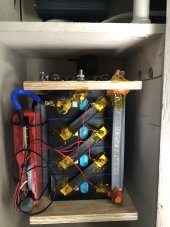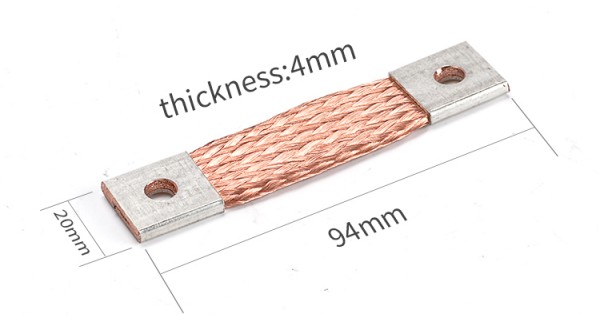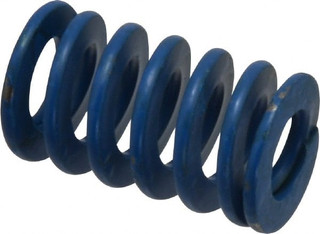Capt Bill
Sailing Options
I wonder is somebody with flexible bus bars on 280Ah Eve cells in compression mode have done any testing on expansion and contraction vs SOC and various high Amp Charge n Discharge Cycles ... I wonder if solid bus bars might be OK with Compression, or really NOT OK (via putting stress on those battery terminals ????









